Warm Water Wreaks Havoc on Columbia River Fish
- August 12, 2015
- John Harrison
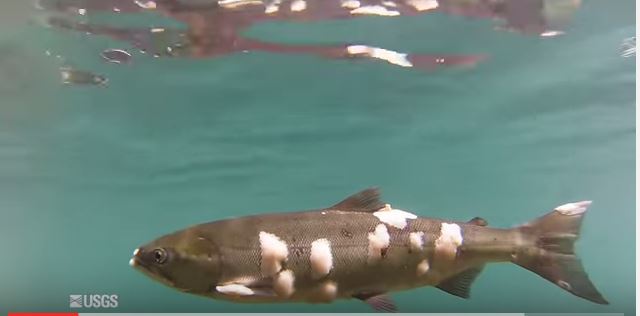
Six words describe the state of the Columbia River in 2015 for salmon, steelhead, and sturgeon: Too hot, too early, too long.

Six words describe the state of the Columbia River in 2015 for salmon, steelhead, and sturgeon: Too hot, too early, too long.
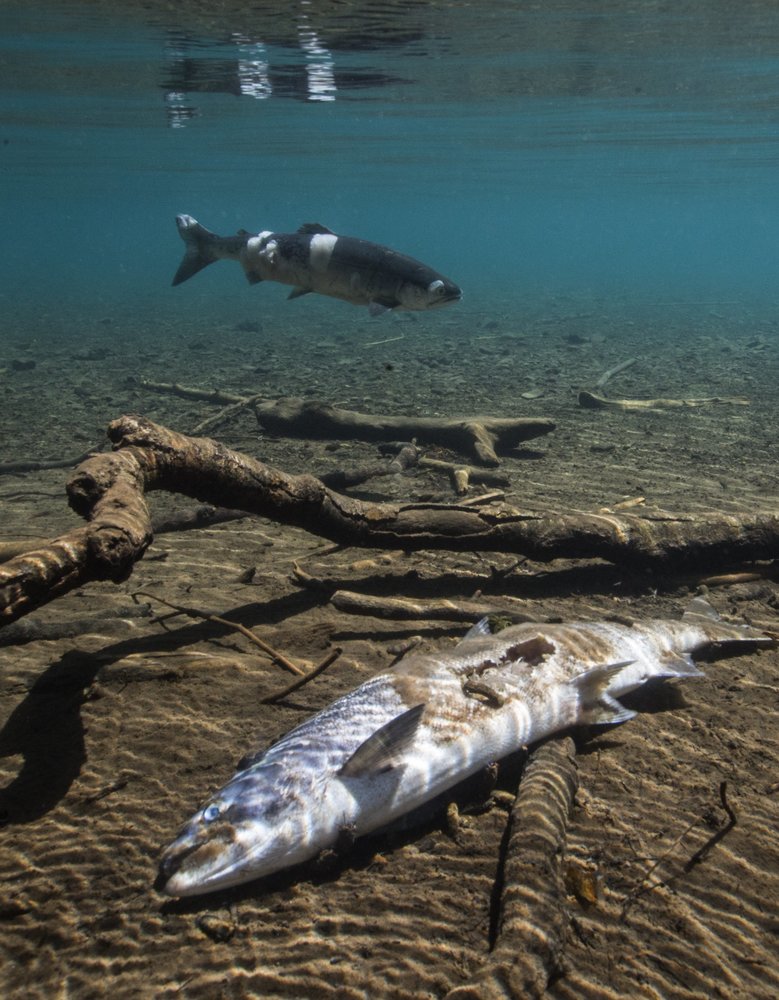
Federal and state fisheries biologists say more than a quarter million Columbia River sockeye salmon have died in the river and its tributaries this summer as the result of unusually warm water prompted by the regionwide drought and hot weather,
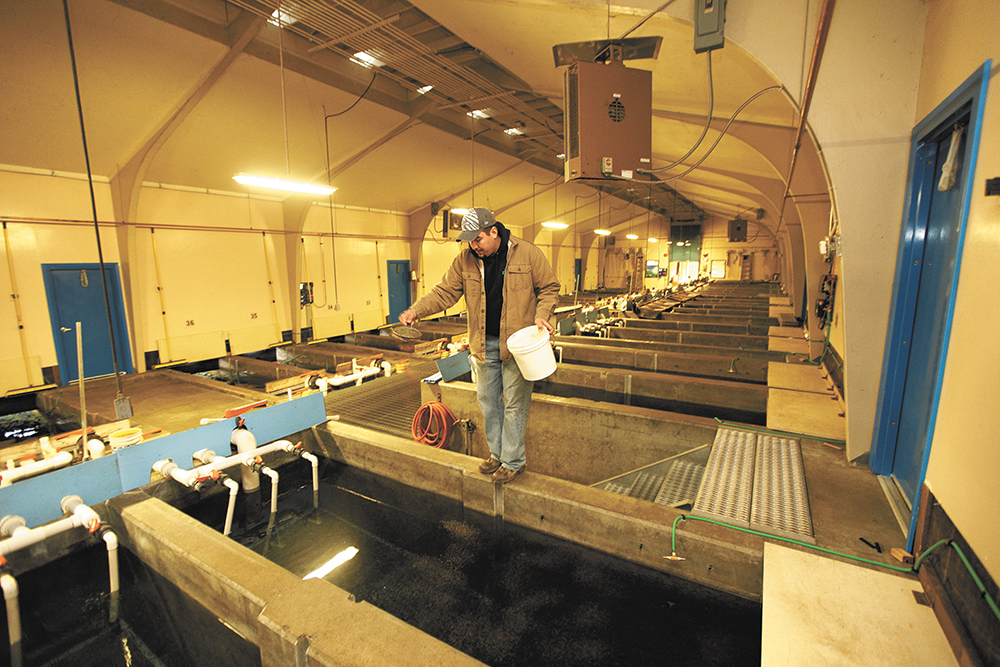
A recent assessment of the Spokane Tribal Hatchery, which raises trout and kokanee for release into Lake Roosevelt behind Grand Coulee Dam, will serve as a template for similar audits that the Council and the Bonneville Power Administration want to
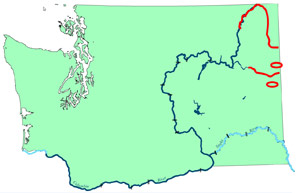
Northern pike, a voracious predator considered an invasive species in two of the four Northwest states, have been found in the Kettle River, a northeastern Washington tributary of the Columbia River, a sign that they are continuing their downstream migration

Preliminary modeling results indicate that the future of electric power in the Northwest is efficient, low-cost, low-carbon, and reliable. In fact, energy efficiency may meet nearly all new load growth for the next 20 years.
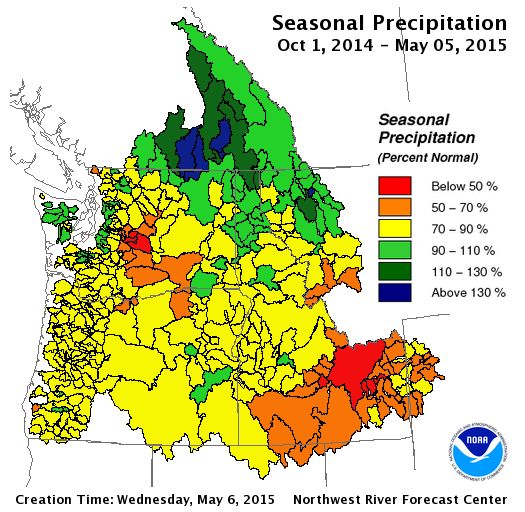
The low runoff in the Columbia River Basin in 2015 doesn’t portend a crisis for hydropower, which is a good thing because dams in the basin provide nearly half of the electricity consumed in the Northwest. Nor is the below-average
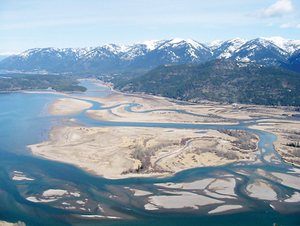
The Idaho Department of Fish and Game (IDFG) is working to protect the Clark Fork River Delta, an important riparian and wetland habitat for fish and birds in Lake Pend Oreille, from the effects of erosion caused by the operations
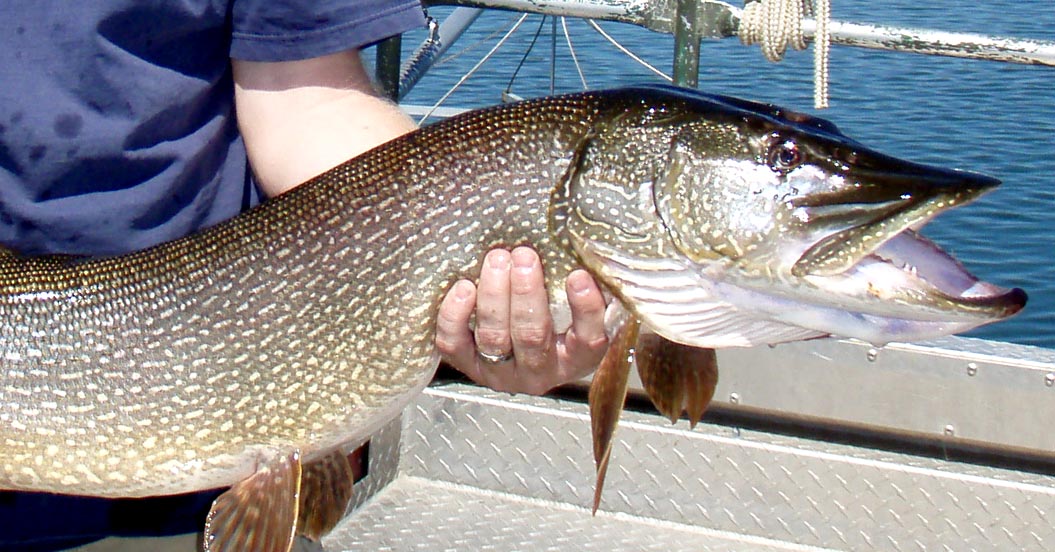
Northern pike, a voracious predator, are migrating into the upper Columbia River from the north and east, posing a threat to state and tribal efforts to protect and restore native sturgeon and trout species in Lake Roosevelt, the reservoir behind
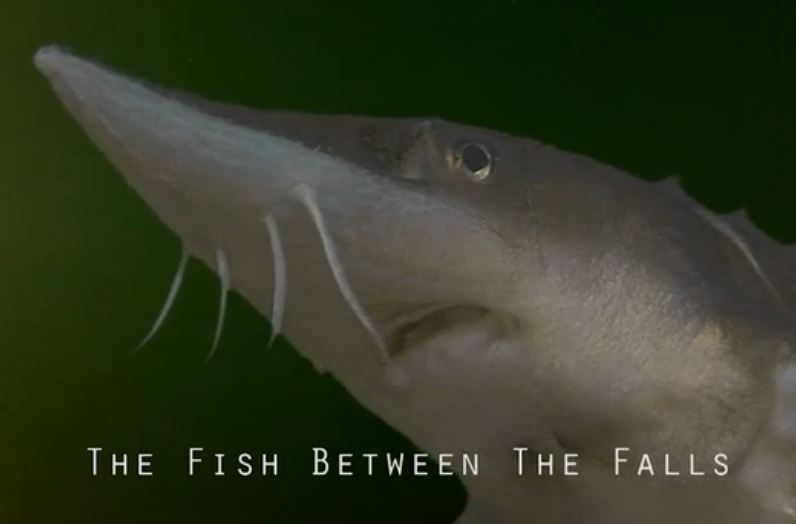
White sturgeon in the Kootenai River of northern Idaho and Northwestern Montana became landlocked during the last Ice Age. For thousands of years these giant fish, which can live more than 80 years, have been an important part of the